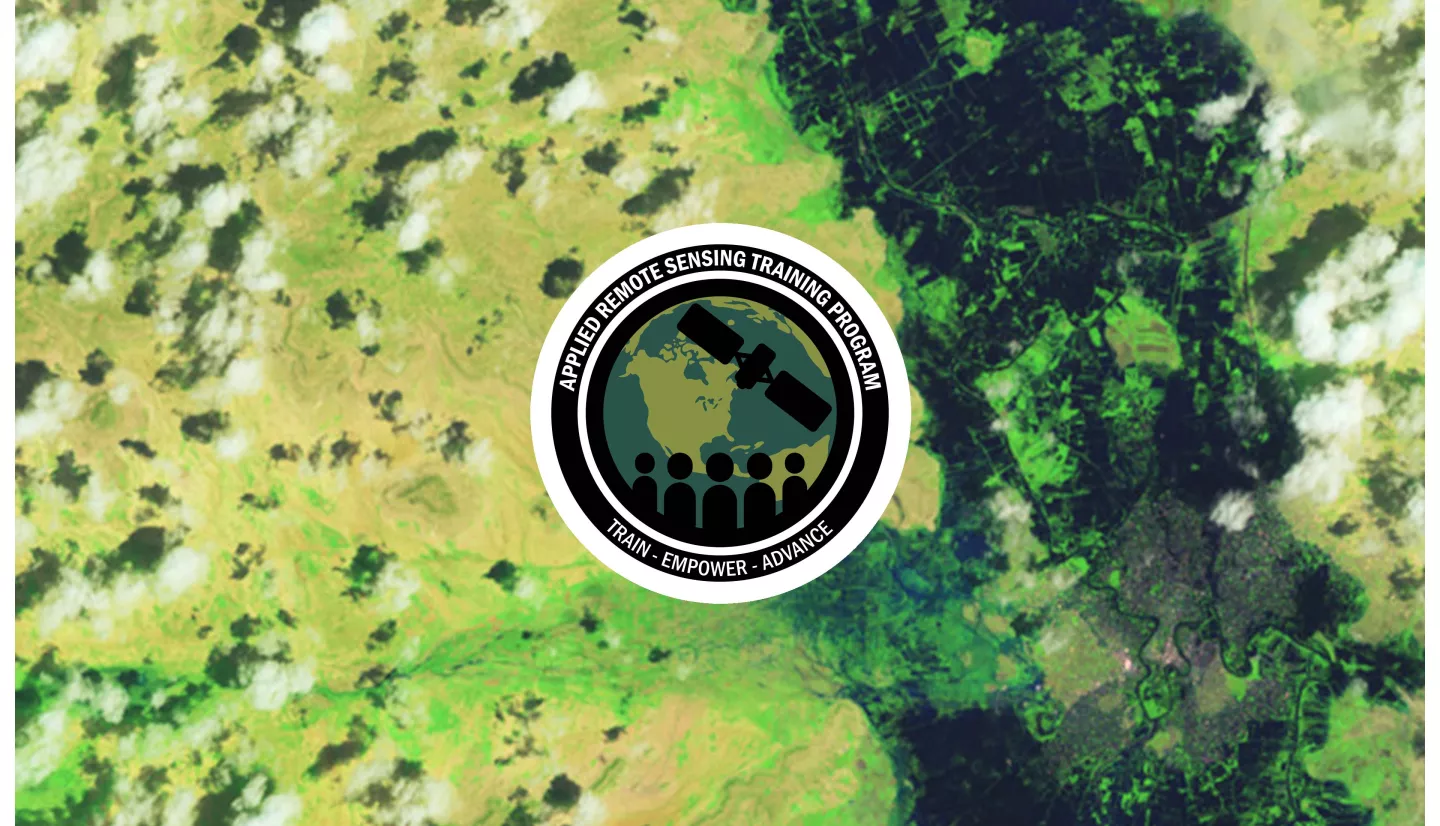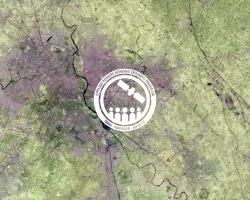Description
Refugees, internally displaced people (IDPs), and other displaced populations are made more vulnerable to climate change impacts due to their socio-political marginalization. This three-part training presents concrete strategies for mapping localized climate conditions with risks faced by refugee and IDP communities around the world, and is a follow-on to our 2022 Introductory training, Humanitarian Applications Using NASA Earth Observations.
The training will focus on flood risk assessments and specific challenges for assessing flood risk in refugee and IDP camps; gauging long-term heat stress in refugee camps and the challenges with decision making surrounding heat risk; and monitoring drought effects on agricultural landscapes in refugee settings using Earth observations (EO) to explore the correlations between anomalies in crop productivity and weather-based factors.
By the end of the training, participants will be able to integrate EO, building footprint and infrastructure data, and population data to quantify climate risk and development trends in specific humanitarian settings, and recognize the value and limitations of specific EO and geospatial datasets.
[Optional]: To follow along with the demonstrations for this training, please review optional prerequisites listed under each training part below.
By the end of this training attendees will be able to:
- Recognize the importance of measuring flood risk, long-term heat stress, and drought effects in refugee and IDP communities around the world
- Apply workflows incorporating Earth observations, geospatial, and demographic data to identify localized climate risk in refugee and IDP settings
- Discuss decision making strategies for mapping and managing climate conditions with risks faced by refugee and IDP communities
- Summarize opportunities and shortcomings of specific Earth observations and geospatial datasets for climate risk and development indicators in humanitarian settings
Primary target audience: Government ministries, international agencies, and non-governmental organizations (NGOs) involved in humanitarian response and decision support activities
Secondary target audience: Academics and researchers involved in humanitarian response
Other potential participants: Any practitioners of remote sensing data
- Three 90-minute online sessions
ARSET Trainer: Sean McCartney
Guest Instructors: Mark Bernhofen (University of Oxford), Mark Trigg (University of Leeds), Ruby Paterson (Oxfam), & Luckson Katsi (UNHCR)
- Identify and apply open geospatial datasets (global model outputs and EO data & products) to undertake flood risk assessments for refugee camps anywhere in the world
- Recognize specific humanitarian challenges when assessing flood risk in refugee camps
Optional: To follow along with the demonstration for this Part 1 training, please download QGIS. This can be downloaded for free from www.qgis.org.
The documentation and data required to follow along in the practical session can be downloaded from the following repository: https://zenodo.org/records/11203929.
Materials
Trainer: Sean McCartney
Guest Instructors: Andrew Zimmer (Montana State University), Jamon Van Den Hoek (Oregon State University)
- Identify and apply open geospatial datasets (global model outputs and EO data & products) to analyze long-term heat stress for refugee camps anywhere in the world
- Summarize specific humanitarian challenges when gauging long-term heat stress in refugee camps
Optional: To follow along with the demonstration for this Part 2 training, please create an account to login to Google Earth Engine (https://earthengine.google.com/) and Google Colab (https://colab.research.google.com). Please register for a Google Earth Engine account before attending this training.
- To register for the Google Earth Engine (GEE) account, follow the link provided below, and read where it says “Noncommercial users can also use Earth Engine without creating Cloud projects. Click here for the signup form.” (Click on that link)
- Fill out the form with your email, full name, affiliation, etc. and click submit.
- You can use your university/organization email or your Gmail for signing up.
- It usually takes 1-2 days for approval.
Materials
Trainer: Sean McCartney
Guest Instructors: Sitian Xiong (Clark University), Lyndon Estes (Clark University), & Jamon Van Den Hoek (Oregon State University)
- Identify trends and anomalies in crop productivity through EO time series analysis, utilizing open-source data and programming languages
- Explore the relationship between crop productivity and weather-based factors
Optional: To follow along with the demonstration for this Part 3 training, please create an account to login to Google Earth Engine (https://earthengine.google.com/) and Google Colab (https://colab.research.google.com). Please register for a Google Earth Engine account before attending this training.
Materials



